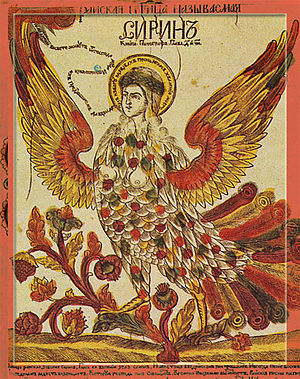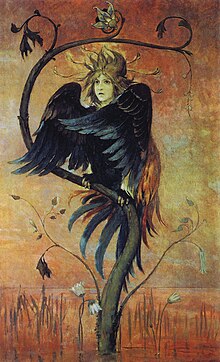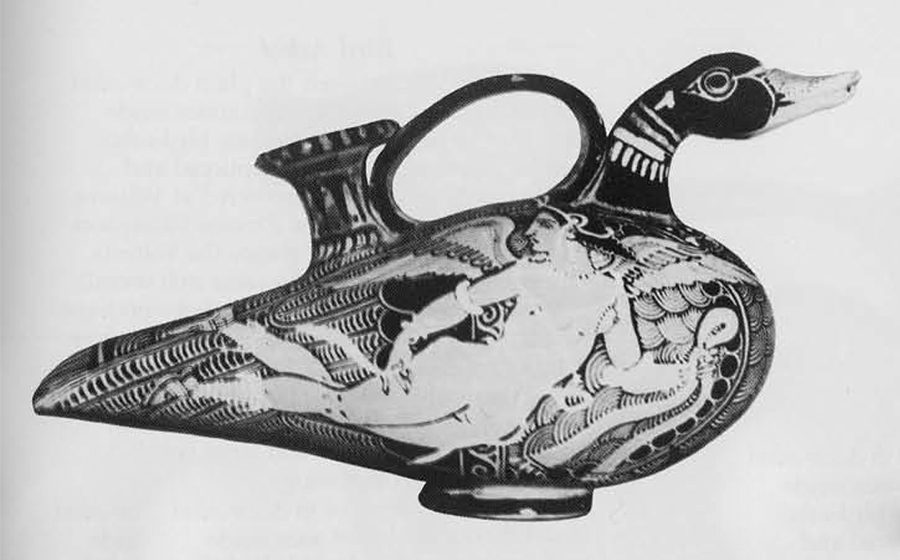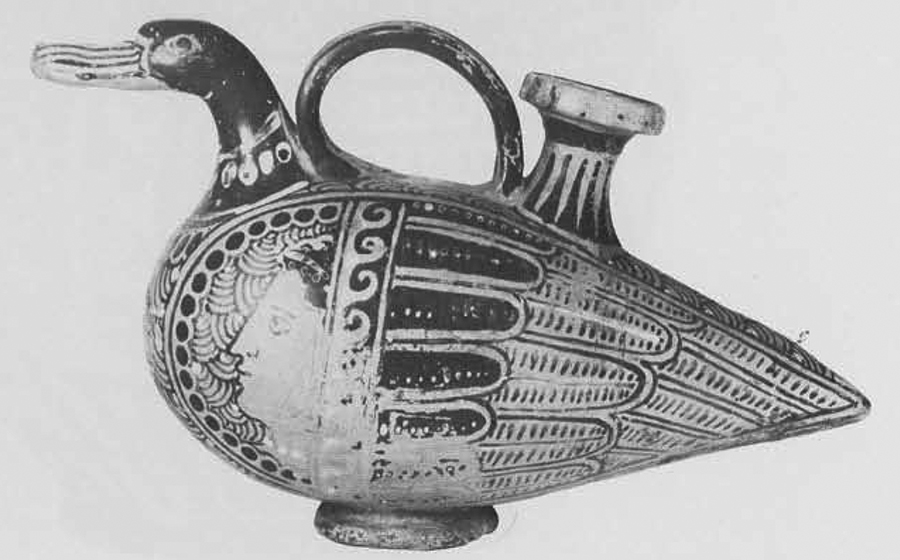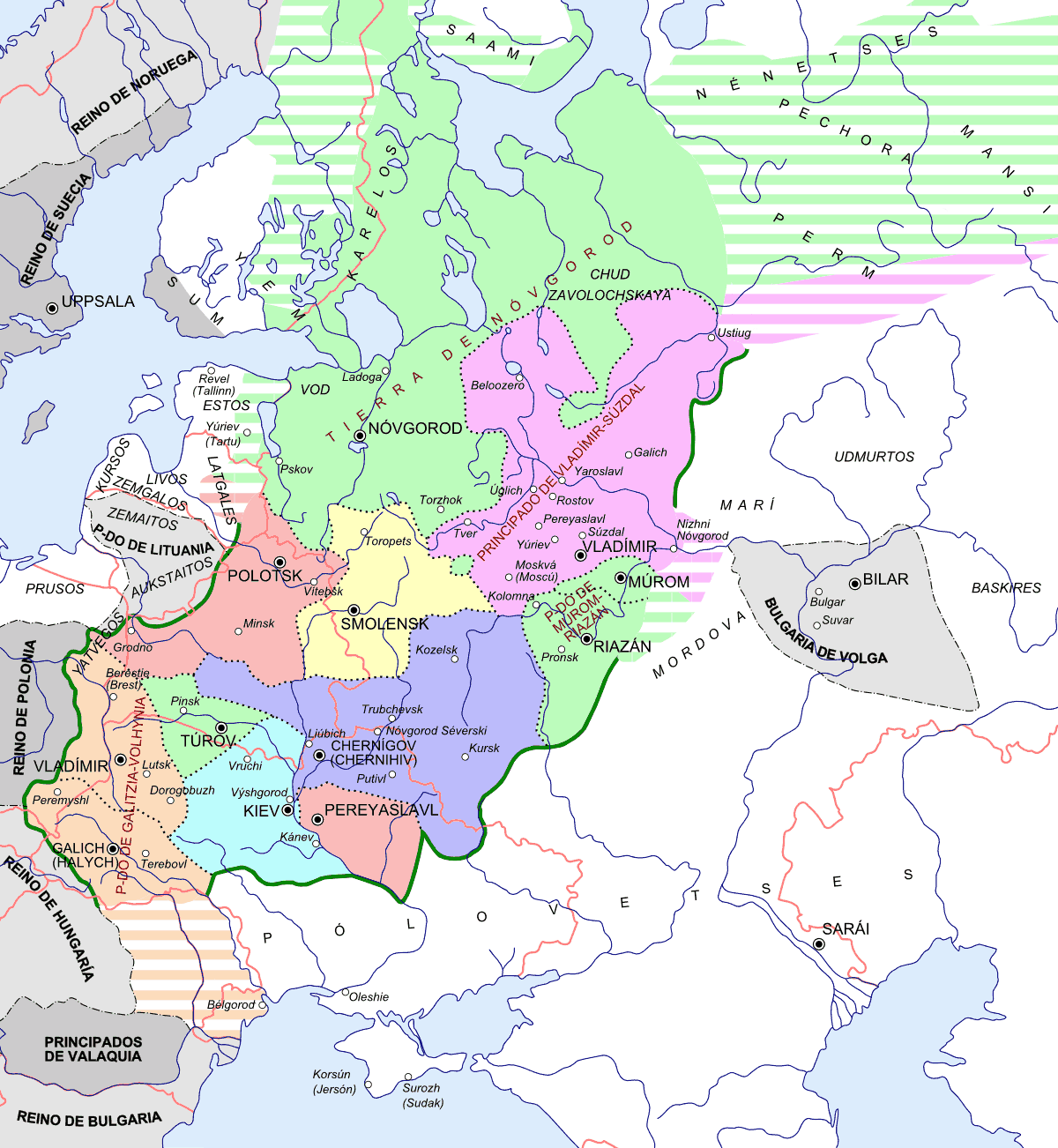According to official history pagan Slavs were baptised by Vladimir the Great in 988 AD (https://en.wikipedia.org/wiki/Vladimir_the_Great#Christianization_of_the_Kievan_Rus.27) and since then Kievan Rus' and later Russia have been practising Christianity. Before that there was no
monotheistic religion among Slavs. So who was this Vladimir the Great? Did the Slavs want to have a new monotheistic religion instead of the old one?
Sviatoslav I of Kiev, father of Vladimir the Great, (_https://en.wikipedia.org/wiki/Sviatoslav_I_of_Kiev) conquered the capital of Khazar kaganat - Itil (Итиль) in 969. After that the Khazar empire officially ceased to exists and many Khazars, who by that time had Jewish religion, fled to Kiev (Arthur Koestler suggests in his book
The Thirteenth Tribe that Kiev was actually founded by Khazars, Slavs came only later and conquered Kiev, but that's another story) because they were attracted by the importance of Kiev as a big trade center at that time.
Mother of Sviatoslav I, princess Olga, hired a young girl Malusha (it's hypocoristic form of Malka, derived from Old-Hebraic Melekh – king or mal’akh - angel, ambassador) as a housekeeper. The father of Malka was an influential Khazar rabbi with name Malk from the town of Lubitch which was a vassal of Khazar kaganat till 882 AD (see Emeljanov
Desionization p.5, only in Russian available: В. Емельянов
Десионизация). The town of Lubitch was liberated from Khazars by prince Oleg in 882. Instigated by his father Malka seduced Sviatoslav and got pregnant from him with a boy who we know now as Vladimir the Great. In the Primary Chronicle (_https://en.wikipedia.org/wiki/Primary_Chronicle) Vladmir was called as rabbich (раввиныч), in later translations it was interpreted as "son of a slave" (in Russian "rab" means "slave", according to official history Malka was a servant/slave) though there never was slavery in Russia.
Here is some info (in Russian) with citations from Russian Chronicles: _https://ru.wikipedia.org/wiki/%D0%9C%D0%B0%D0%BB%D1%83%D1%88%D0%B0. Unfortunately the English version states something complete different about origin of Malka: _https://en.wikipedia.org/wiki/Malusha
In the original Old-Russian text of the chronicle Sermon on Law and Grace (_https://en.wikipedia.org/wiki/Sermon_on_Law_and_Grace) Vladimir was called a kagan.
In a later Russian translation the word "kagan" was replaced by "prince". (Compare here the orginal Old-Russian excerpt with a later Russian translation: _https://ru.wikipedia.org/wiki/%D0%A1%D0%BB%D0%BE%D0%B2%D0%BE_%D0%BE_%D0%B7%D0%B0%D0%BA%D0%BE%D0%BD%D0%B5_%D0%B8_%D0%B1%D0%BB%D0%B0%D0%B3%D0%BE%D0%B4%D0%B0%D1%82%D0%B8)
Being still an underage prince, he was invited to govern the big town Novgorod with his oncle Dabran (brother of Malka). So Vladimir got his education from his Jewish relatives and was later instigated to take revenge on his relatives (on father line) who freed the town of Lubitch (prince Oleg in 882) from the influence of Malk and other Khazars.
The idea was to explode from within the old pagan religion of Slavs by converting them to the export version Judaism - Christianity.
After coming back on the throne in Kiev he started to carry out his plan to comprise the old religion of Slavs. He called people to worhsip previously unknown in Russia idols and to sacrifice them innocent boys (the original Paleo-Religion of Slavs didn't accepted any sacrifices of humans/animals). The sacrificial blood was collected and delivered to Jewish customers. 10 years later many people were dissatisfied with such practices AND with their original pagan religion. Feeling that the time was ripe he ordered to destroy the old idols, converted himself to Christianity in 988 and made it an official state religion. He ordered thousands of people to go to Dnepr and other rivers forcing them to baptize.
During 12 years of forced Christianization 270 towns (out of 300) were destroyed and 9 million people (out of 12 million) were killed. Mostly olderly people were killed in order to erase the memory about the old pagan religion. Deprived of parents children were brought up in the Christian traditions, with the denial of all the great heritage of their ancestors. All connected with the old pagan religion was burnt and destroyed.
Check these articles and books for additional info and citations:
_http://www.smsinternational.org/article_christianization-slavic-world.html (in English)
_http://gifakt.ru/archives/index/knyaz-vladimir-i-nasilstvennoe-kreshhenie-rusi/ (in Russian)
_http://energodar.net/nasledie/tartariya.html (in Russian)
German historian Boris Altschüler about the origin of Vladmir and Christianization of Slavs in his book
Geheimbericht aus der grossen Steppe. The book is translated into Russian:
Последняя тайна России
Tartaria Magna
After Vladimir there were many internecine feuds for new territories and so by the beginning of the 13th century several princely states were formed which is now known as Kievan Rus' (_http://www.britannica.com/topic/Kievan-Rus). Actually, it's an artificial name created by historian М. Pogodin (М. Погодин) in his dissertation "About Origin of Rus" ("О происхождении Руси" ) in 1825 and promoted by German historians of allegedly Jewish origin Theophilus Siegfried Bayer, Gerhard Friedrich Müller and August Ludwig von Schlözer who
actually rewritten the history of Russia in 18-19th centuries which we know today (as suggested in the article in Russian _http://energodar.net/nasledie/tartariya.html)
The word "tartar" was distorted later and became "tatar" and
was used by Russians and Europeans to denote Mongols as well as Turkic peoples under Mongol rule (especially in the Golden Horde)
See _https://en.wikipedia.org/wiki/Tatars
Actually this substitution of names was done by a Russian Jew and communist Lazar Kaganovich in 1935 (_https://en.wikipedia.org/wiki/Lazar_Kaganovich) to as suggests this article in Russian _http://energodar.net/nasledie/tartariya.html.
Many Slavs who lived further to the east of Kievan Rus' remained loyal to the old pagan religion and called their territories Tartaria which is derived from the names of the children of their old pagan God Perun: Tarh and Tara. Under this name the big part of Euroasia was known to Europeans.
In 2013 Putin declassified old archives about Tartaria and presented them to the Russian Geographical Society (_https://www.youtube.com/watch?t=56&v=_k97crlKPVs). Some of them you can find here _https://www.google.de/search?q=%D1%82%D0%B0%D1%80%D1%82%D0%B0%D1%80%D0%B8%D1%8F+%D0%BA%D0%B0%D1%80%D1%82%D1%8B&tbm=isch).
In this speach (_https://www.youtube.com/watch?v=S3lG5XrGY_g) he admits that in Battle of Kulikovo in 1381 which we know as a battle between slavs of Kievan Rus and mongols of the Golden Horde
there were "Russians fighting on the both sides".
So in 1222 in Asgard (modern Russian city of Omsk)
followers of the slavonic Paleo-Religion decided to establish a special governing body for the protection of the old religion. It was caled "орден" (orden) which literally means "power of light" , later this word was distorted to horde/orda. This governing body had it's own
army consisted of slavs who remained loyal to the old pagan religion and it was formed to free the western territories from forced Judeo-Christianity. In the official history it became known as Golden Horde which was allegedly a new empire of mongols (_https://en.wikipedia.org/wiki/Golden_Horde) who according to the official explanation invaded "Kievean Rus" in 1237 and were governing their till 1480.
The last known conflict between Christians and followers of the slavonic Paleo-Religion took place during Pugachev's Rebellion of 1773-1775 (_https://en.wikipedia.org/wiki/Pugachev%27s_Rebellion) which official history presents us just as another "peasants unrest". The rebellion was crushed and after that there were no mentions of "Tartaria" in official Russian History (till Putin's declassification of the relevant documents in 2013).
There is almost nothing about Vladmir's orgin, forced Christianization of slavs and Tartaria in languages other than Russian. Till recently all that was carefully concealed from Russian people.
...


